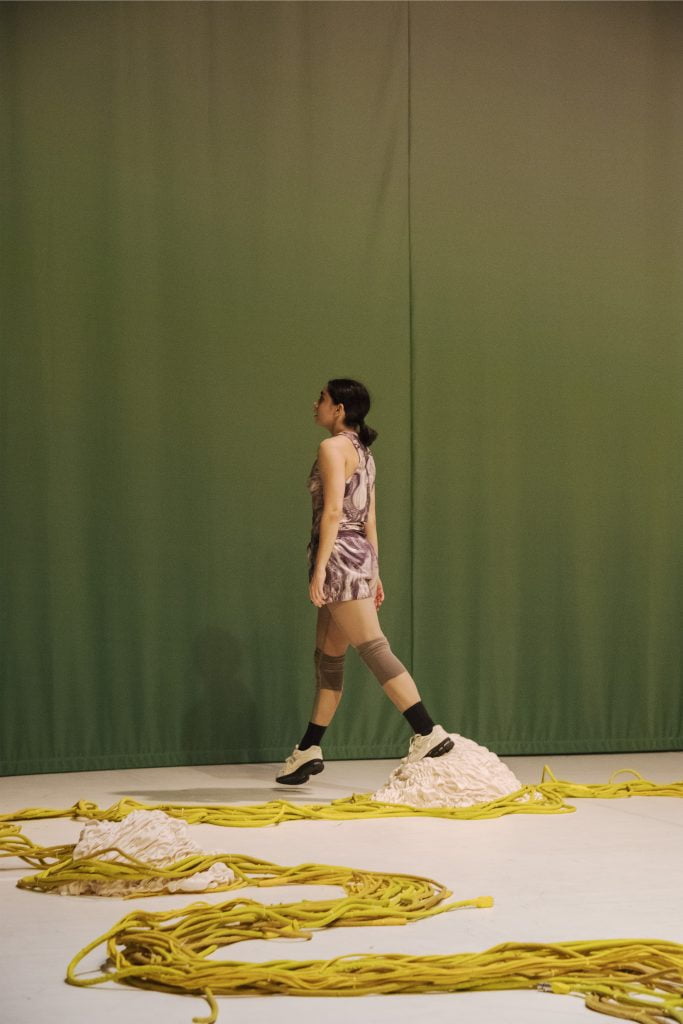
SPRING 2024 programme explained by artistic director Grzegorz Reske
This year, SPRING again invites its audience from Utrecht, the Netherlands and beyond to get together and immerse themselves in an intensive and rich festival programme that extends over 10 days and the entire city of Utrecht.
Universal and individual
On the opening night, we bring back artists that are well known to the SPRING audience. Marta Górnicka (Polish artist from Berlin) and Mette Ingvartsen (Danish choreographer from Brussels) both present their latest productions, coproduced by SPRING. For MOTHERS A SONG FOR WARTIME, Górnicka invited 21 women from Ukraine, Belarus and Poland who have been directly affected by Russia’s current aggression. In RUSH, Ingvartsen focuses our attention on one of her closest collaborators, Manon Santkin, and on twenty years of working together. Although both performances are very different in scale, topic, and aesthetics, both artists share a search for tensions between wat is common and what is individual: how individual biographies can cover universal topics, and how universal stories can be updated through individual stories.
This topic is one of the most important points in the programme for the next edition of SPRING. Michikazu Matsune and Martine Pisani’s new creation Kono atari no dokoka (Somewhere around here) is centered around artists who have a new look at the body of their earlier work. Two productions examine the relationship between the Netherlands and Indonesia: who owns this story, in the past as well as now, and how this story is constructed. collection of…, a production by the Polish duo Turkowski&Nowacka, premieres in Utrecht, while The Indonesian Dialogues from the ad hoc multinational collective There will be film comes to Utrecht directly after its Swiss premiere.
Yet another way to approach personal stories can be seen in the production of another artists who regularly returns to SPRING, Jaha Koo. His Haribo Kimchi emphasizes food – its cultural, but also its political dimensions. Short personal biographies connected to large societal transformations inspired Nahuel Cano’s production. Ways to listen to a river bridges two communities who live by rivers: the Limay in the far away Patagonia where Cano was born, and de Vecht by Utrecht. Another bridge, this time between Brazil and the Netherlands, is created by Leandro Souza. His Musa Insistente looks for ways to escape the traps of representation, through a body and mind that is ingrained in three different realities which still decide the (post)colonial world of today.
Between several ‘finished’ productions, SPRING also presents a work-in-progress. The Amsterdam-based Ukrainian artist and microbiologist Ira Melkonyan is going to share the first phase of her artistic research Blood Thirsty, about physical and metaphorical values of blood – as a biological source of life, and a cultural deadly threat. Finally, Ant Hampton, who returns to Utrecht after ten years, invites us to travel through Europe together with him. Borderline Visible is a unique experience of collectively reading a book, and an extremely moving encounter with the complexity of the cultural and political reality on the whole continent throughout the centuries.
Different relations between artists and audiences
Hampton’s work is part of a series of projects in which artists are looking for other ways to build relations between artists and audiences: the definitive breaking of the fourth wall between the stage and the house. In Lake Life, Kate McIntosh proposes to an intergenerational audience a playful game in which we reimagine the reality between us, the way in which we operate within that and how we interact with each other. Celine Daemen once again invites us into her VR world and proposes a magical journey in Songs for a Passerby, in which the boundary between us as spectators and participants in the imaginary reality dissolves. Begüm Erciyas invites us to Hands Made – an installation that you can only experience with your hands, drawing our attention to how technology and the development of civilization are changing the interface of our hands.
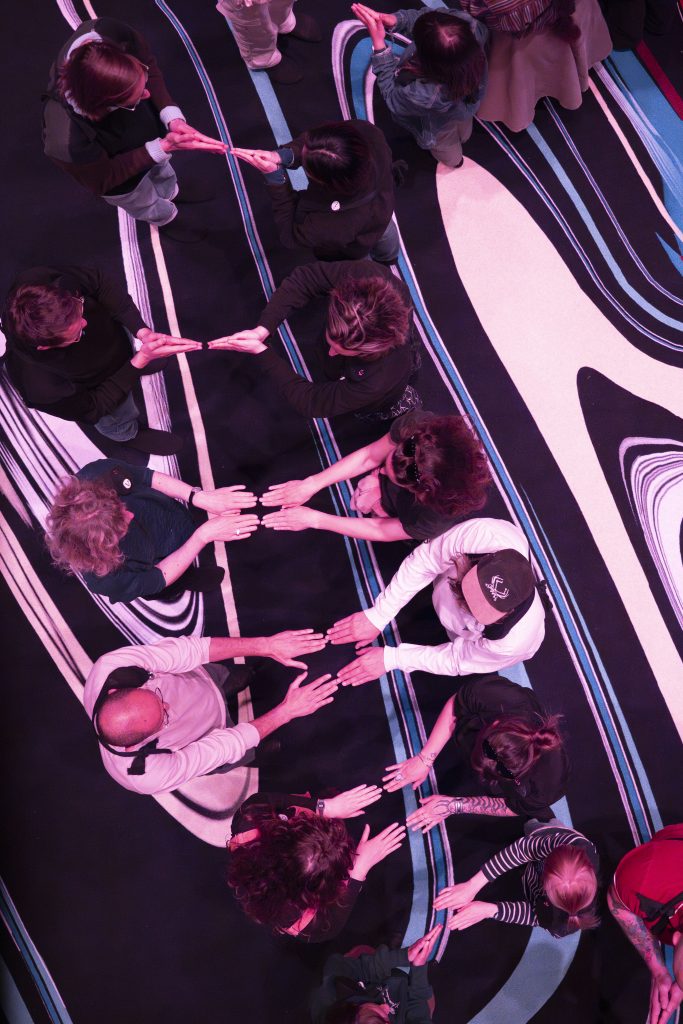
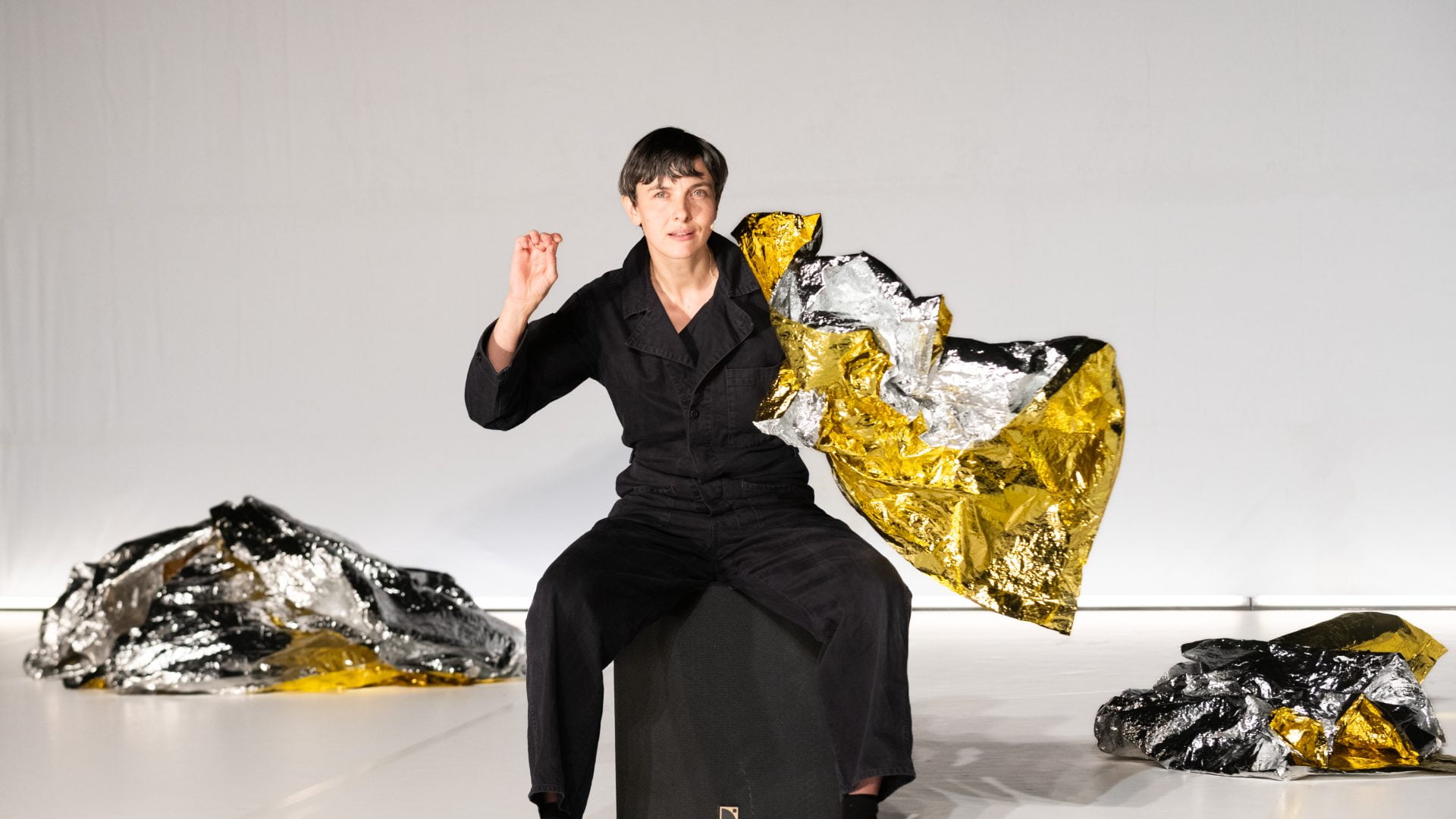
Public space
SPRING also continues its invasion of art in public space this year. Brazilian young collective Original Bomber Crew is transforming the former Fietsdepot (now Karma Kebab) into a performance space for “tReta, a performative invasion” – with dance, music and graffiti to surround the audience with the reality of life of the young generation in today’s Brazilian city. Two other productions – both traveling to Utrecht from the north – will literally take over the streets. Finland’s Milla Koistinen will perform her solo Breathe first in the Zocherpark in front of the Stadsschouwburg and then travel all the way to the top of Utrecht’s IKEA, while Norway’s Ingri Fiksdal, Fredrik Floen, Mariama Fatou Kalley Slåttøy and their “The Syncopators” will invade the Zocherpark first and then De Neude. Zocherpark will also host a dance battle produced by the Utrecht-based organization into the blue, SPRING into the blue.
Finally, SPRING also returns to Utrecht Central, with Boukje Schweigman and Johannes Bellinkx’s installation “Lichtgang” – a seven-minute experience that leaves us wondering if what we think of as reality is reality.
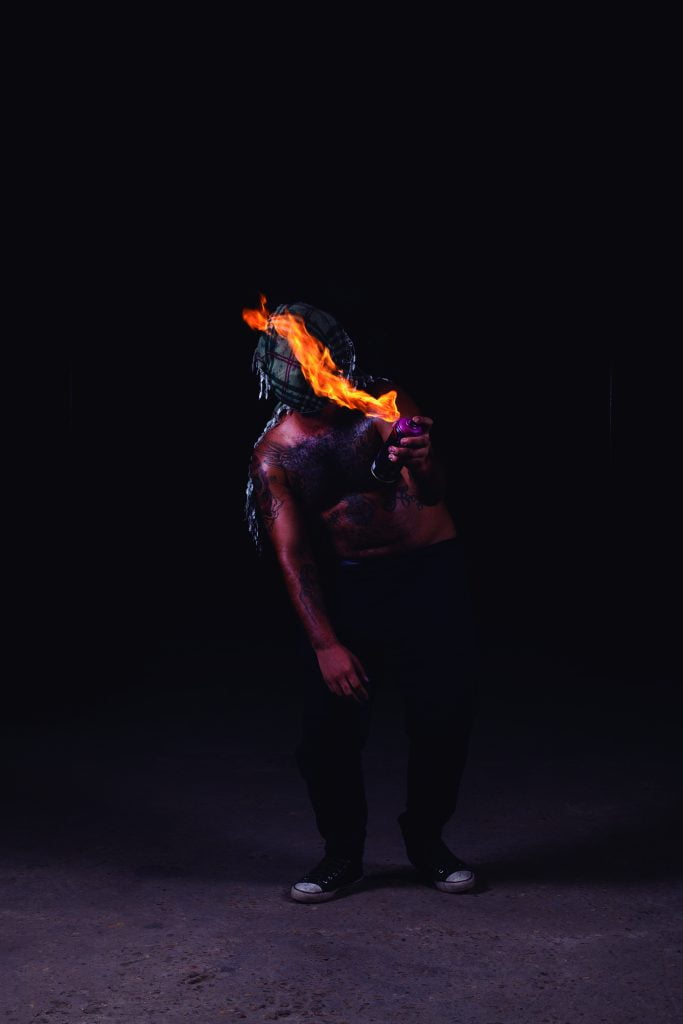
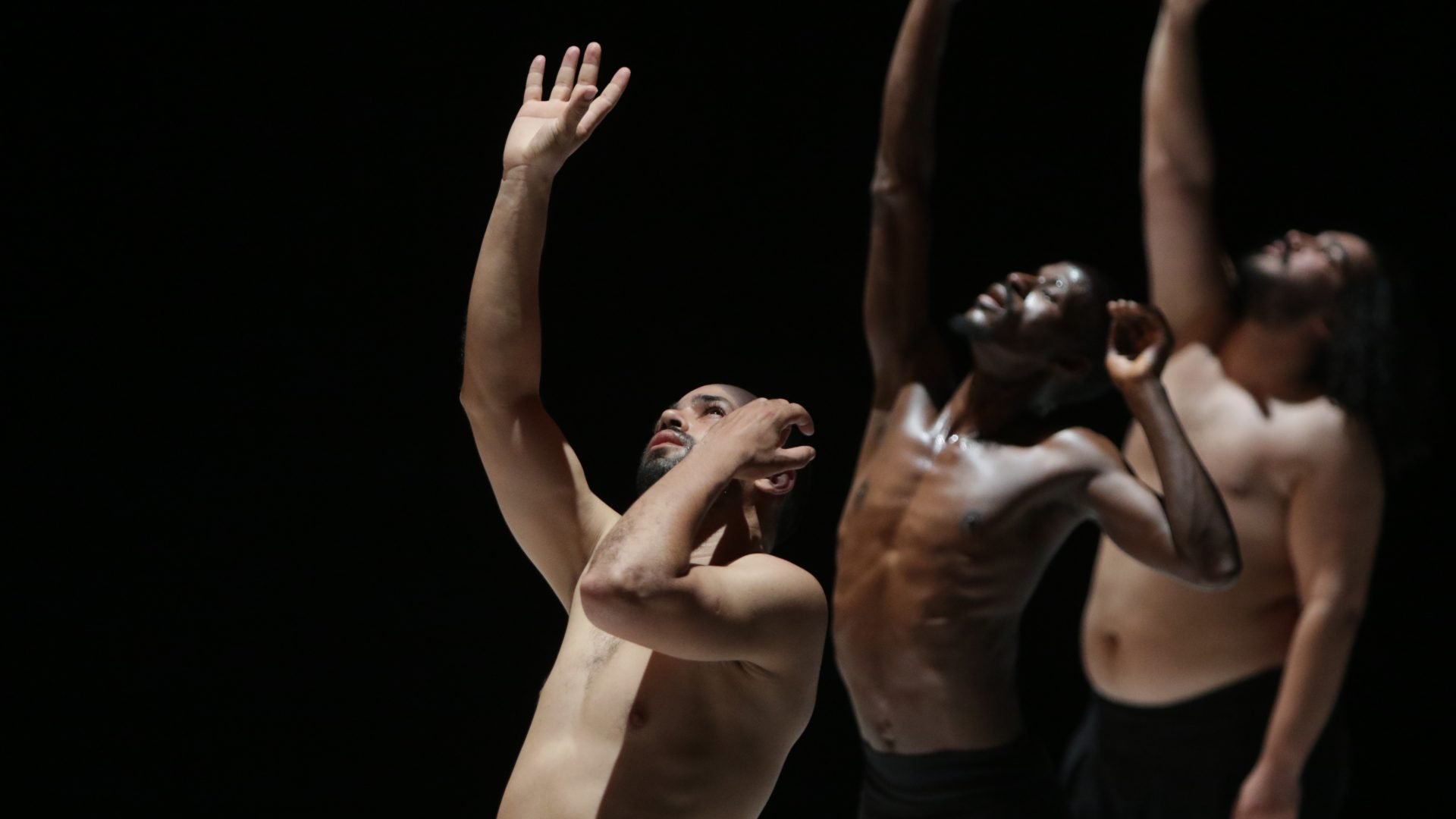
New technologies
The topic of reality and perception – often linked to reflection on the new technologies and ways in which the technological turn is changing us – is a third visible line in the program. Some of this can already be seen in previously mentioned productions (e.g. in the productions of McIntosh and Erciyas), and this examination of technologies (with an active presence on stage, or only as a metaphorical subject) is also the starting point of many other productions. Questions of perception and reality are central to the new work “Thanks for Being Here” by the Flemish collective Ontroerend Goed, while “Within Cells Interlinked” by Andrea Bozic and Julia Wilms opens up, directly on stage, the possibility of multiple parallel realities not visible to us. The Utrecht-based Dutch-Flemish duo Ezra Veldhuis and Bosse Provoost will return with “All Watched Over by Machines of Loving Grace”, a choreographic installation that explores the interconnectedness between humans and mechanical beings, while Spanish choreographer Ainhoa Hernández Escudero takes us on a journey through the ancient myth of Medusa in “(DON’T) LOOK ME IN THE EYES”, through contemporary pop and sci-fi reminiscences of the roots of culture. Another project from Spain – “Una Isla” by the renowned Agrupacion Senor Serrano – engages with Artificial Intelligence, on the possibilities of a new attempt at utopian reality. Finally, Choy Ka Fai, Singaporean master of connecting technology with the spiritual, invites us to “Unbearable Darkness” – a paranormal dance ritual in which a spirit of Butoh master Tatsumi Hijikata will be summoned on the stage of Stadsschouwburg in Utrecht. Another speculative approach is proposed by Ingrid Berger Myhre. Her “Spelling Spectacle”, an attempt to translate structures of logic into choreography of space, is finally coming to SPRING after a last minute cancellation last year.
Finally
With “Hmadcha”, a large-scale choreography by Taoufiq Izeddiou, SPRING continues to map the most exciting contemporary artistic languages from the Southern Mediterranean and bring them to the Netherlands.
The finale of edition 2024 will be marked by The Filipino Superwoman Band – dance and music extravaganza, a project initiated by Filipino dancer and choreographer Eisa Jocson. A new chapter in Jocson’s long-standing artistic investigation of exploitation through labor and neocolonial dynamics between the “Western world” and Southeast Asia.
During all ten days of the festival, “my light is your light…” can be seen on the grounds of the Stadsschouwburg. Ten years after its creation, alaa minawi’s neon installation has finally found its way to Utrecht. Dedicated by the artist to all displaced people around the world, it will remind us, in this time of turbulence, how fragile peace is. As the SPRING team, we believe that the productions presented on different stages and in different spaces around the city, including the six symbolic light figures shining in Utrecht, will remind us that every crowd, no matter how large, is made up of individuals, and that each of the faces carries a unique story and life value. The crowd is full of faces…
